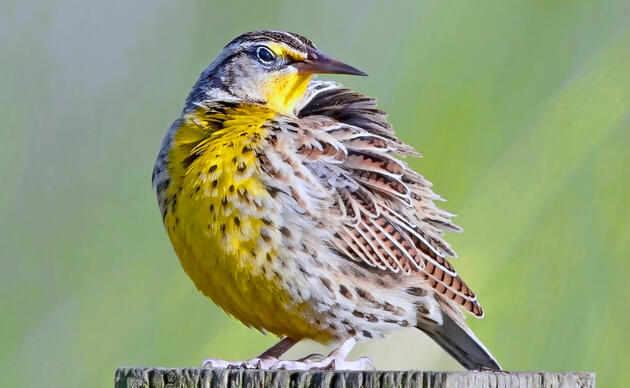In my years of working in conservation, I’ve found that the best-laid plans can go astray even with the most thorough planning. And there will be times when one must embrace the proverb, “Necessity is the mother of invention” with vigor. With the new construction on the Iain Nicolson Audubon Center at Rowe Sanctuary, it was crucial to adapt our sites for education programming, while also maintaining ecological principles, sustainable practices, and an appreciation of nature in unique circumstances.
Environmental education focuses frequently on empowerment and building a connection to nature. These tactics are key to having high engagement and developing a sense of understanding. Acquiring an emotional connection is also an important aspect of the pedagogy of environmental education. When planning programming after my first Crane Season, I wanted to focus on getting people out in the prairie for an immersive experiential learning experience and explore options to connect with others off site.
In April, I presented to the Women’s Prescribed Fire Training Exchange (WTREX) program and give them an introduction to the ecosystems of Nebraska and some of the amazing species we protect, like the Sandhill Cranes. The WTREX program is an international program that focuses on creating a safe and educational experience for women and other diverse populations to learn and grow in fire management. This was the first time WTREX was held in Nebraska, and I’m so grateful that I was able to connect with 45 fire practitioners from across the United States and explain the value and importance of Nebraska ecosystems. Hopefully, I created some Crane Enthusiasts too.
In June, I also traveled to Chadron, NE to teach for a week at the 60th Range Camp, which is supported by the Society of Range Management. This year, 34 high school students spent a week studying range and native plants and learning range ecology at Chadron State College. It was an opportunity to educate the next generation of potential landowners in the state about the importance of grasslands and plant biodiversity.
Between May and June, our Education team hosted four field trips at Rowe Sanctuary, and an education booth at Fort Kearny Outdoor Expo’s School Days. We tabled at several other events, including two PRIDE events, at local libraries, and even at a Migrations Concerto that included a musical piece based off the Sandhill Cranes Migration. Our onsite programming focused on teaching birding basics, understanding our connection to nature with walks through the prairie, and learning about bird adaptations.
Earlier this year I launched a Volunteer newsletter called Sandhills Snippets and a Volunteer Speaker Series, which brings in a monthly speaker about a topic that interests the volunteers. We recently hired our Volunteer Coordinator to lead and expand our volunteer program at Rowe Sanctuary.
While there were challenges, my time at Rowe Sanctuary has been so fulfilling. In conservation and ecology, we often talk about the adaptability of species. And I felt like this year, adaptability was the driving force for success. What a privilege it was to learn about Rowe Sanctuary through the eyes of those we were able to serve in our Education and Outreach programming.





